PsychNewsDaily Publishers
100 Summit Drive
Burlington, MA, 01803
Telephone: (320) 349-2484
PsychNewsDaily Publishers
100 Summit Drive
Burlington, MA, 01803
Telephone: (320) 349-2484
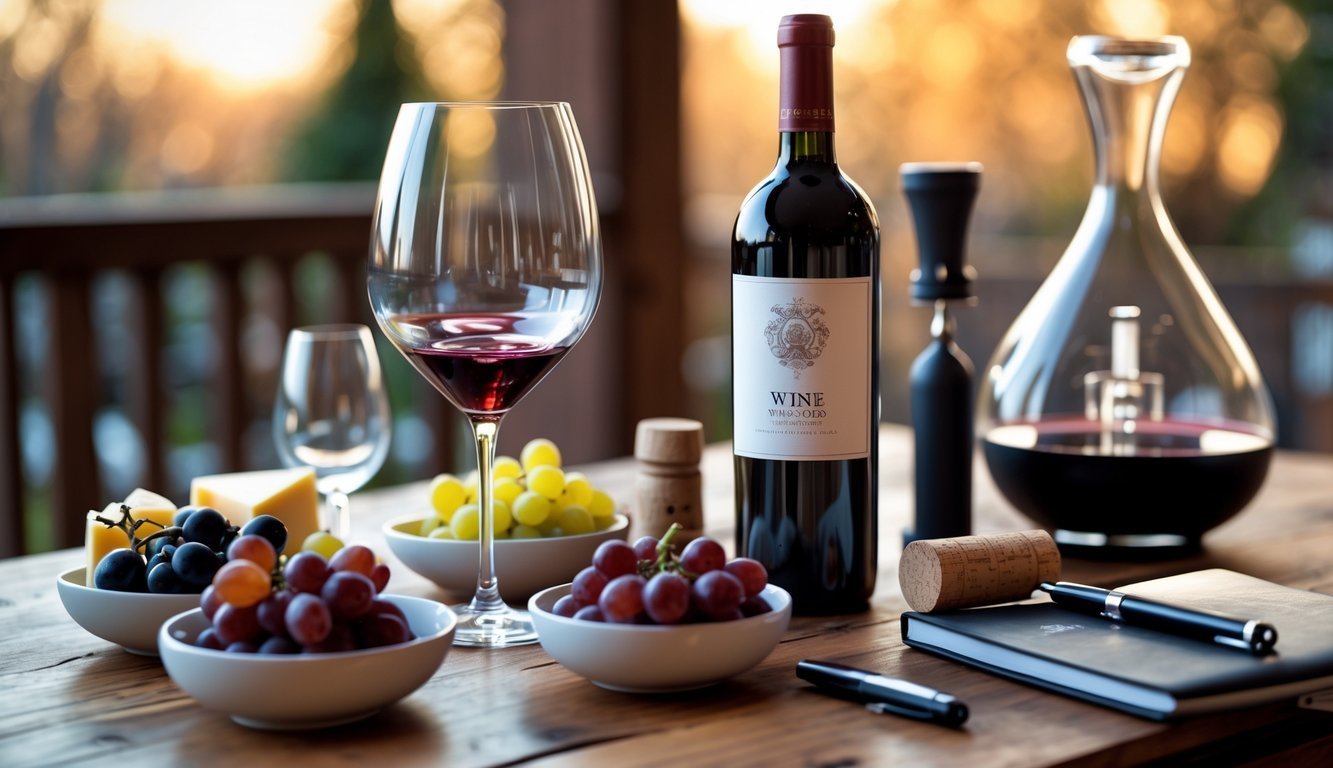
Wine comes with its own set of words that can leave beginners scratching their heads at tastings or in restaurants. Whether you’re talking about taste or how wine is made, there’s a lot of specific lingo that can sound confusing at first.
EXTRA: Download this post as a printable PDF!

Learning just 21 key wine terms will help you follow wine conversations, read menus with more confidence, and actually enjoy tastings without feeling lost. These words cover everything from how wine tastes to the ways it’s made and the places that shape its flavor.
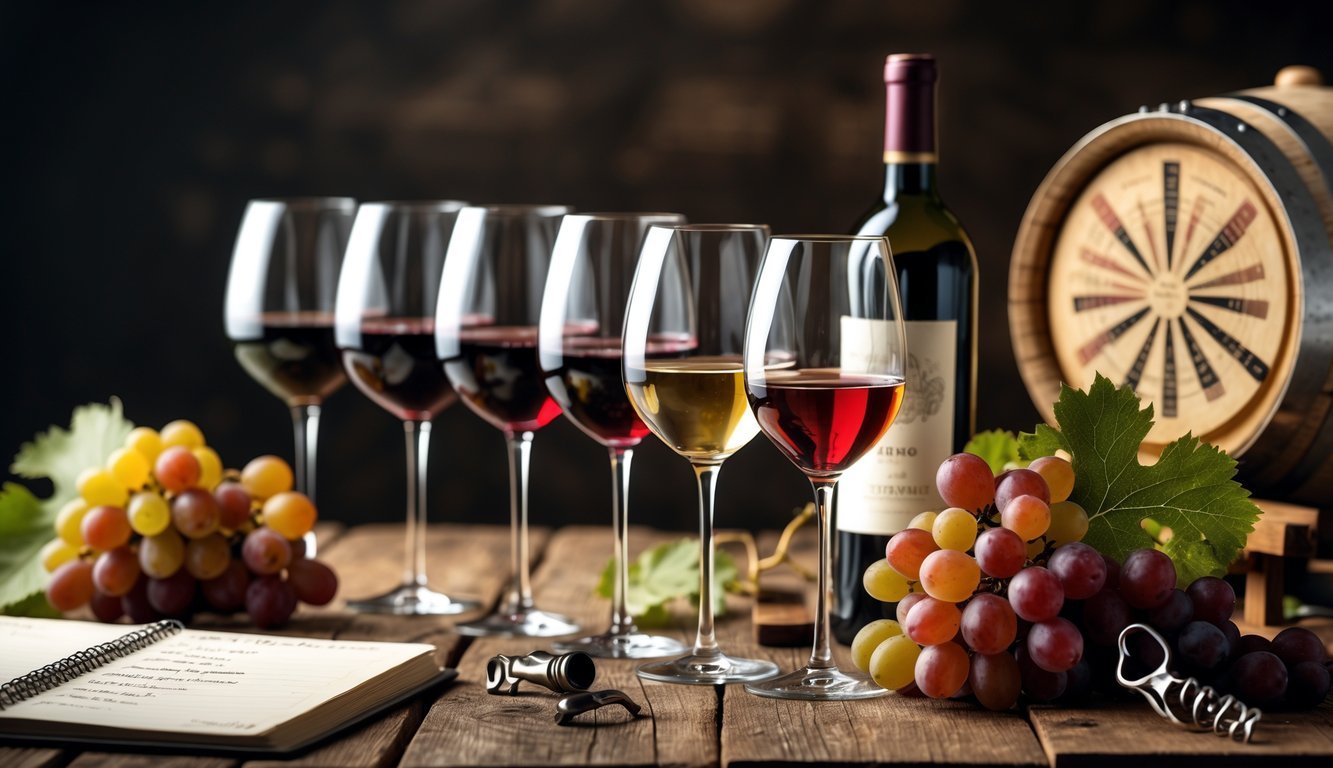
Tannins are natural compounds that give you that dry, puckery feeling in your mouth when you sip wine. You’ll notice this most often in reds.
These come from grape skins, seeds, and stems. Red wines have more tannins because the juice sits with those parts longer during winemaking.
Tannins make your mouth feel dry or kind of rough. They’re a big part of what gives wine structure and helps it age well.
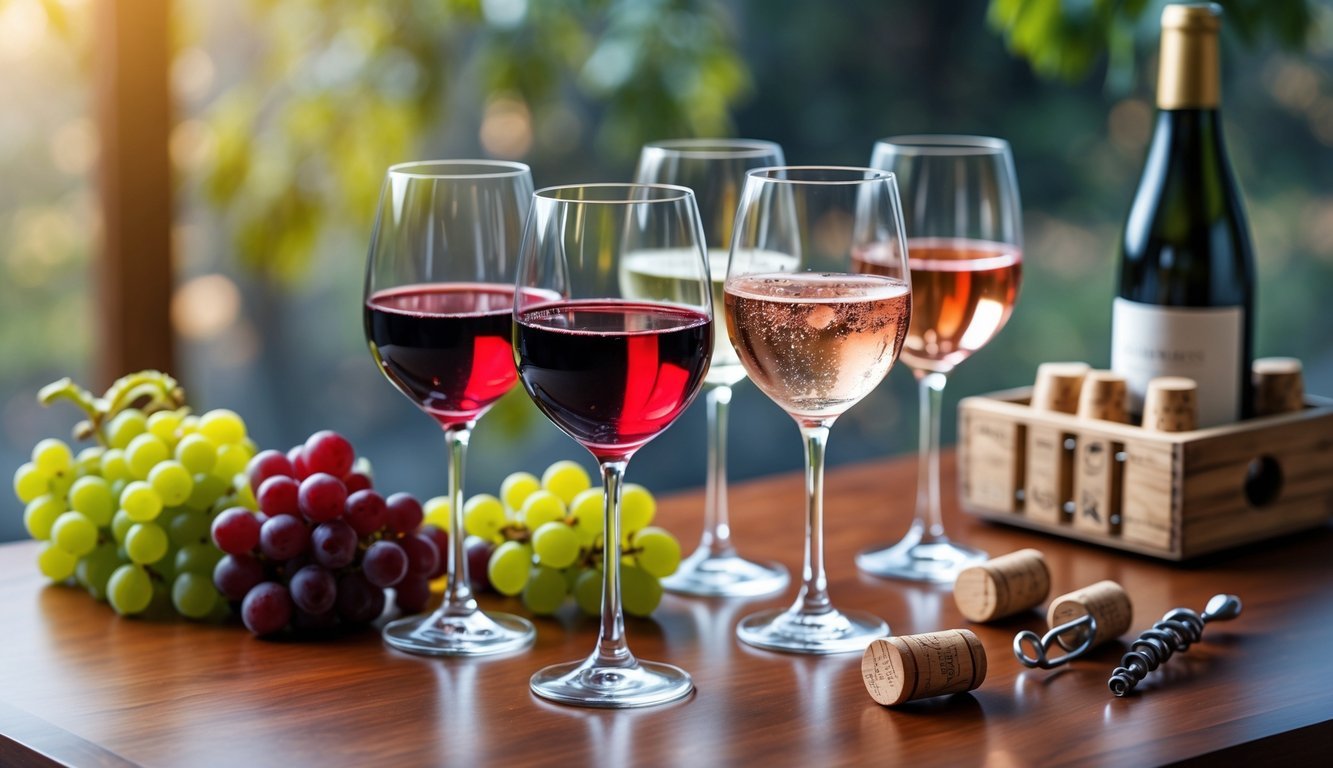
Acidity is what makes wine taste fresh and lively, sort of like the tartness you get from a lemon. When you taste wine, acidity gives you a prickly feeling on your tongue and makes your mouth water.
People use words like crisp, bright, or zippy to talk about acidity. These wines usually go well with food.
If a wine has high acidity, you’ll notice that tart taste sticks around for a while.
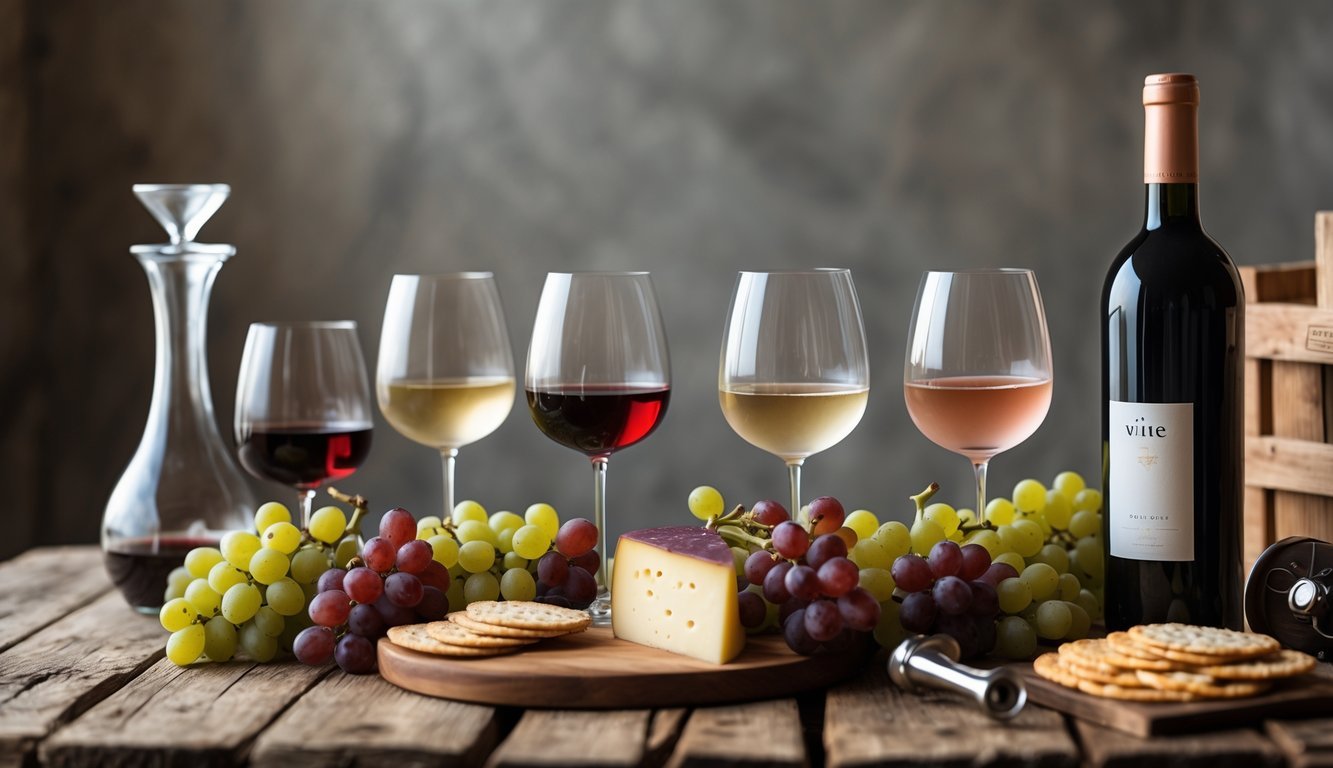
Body is how heavy or light a wine feels in your mouth. It’s kind of like the difference between water and milk.
Light-bodied wines feel thin and delicate, like a crisp white on a hot afternoon. Medium-bodied wines are right in the middle, not too light or heavy.
Full-bodied wines feel thick and rich, almost coating your mouth. You can usually spot a wine’s body by how it moves in the glass.
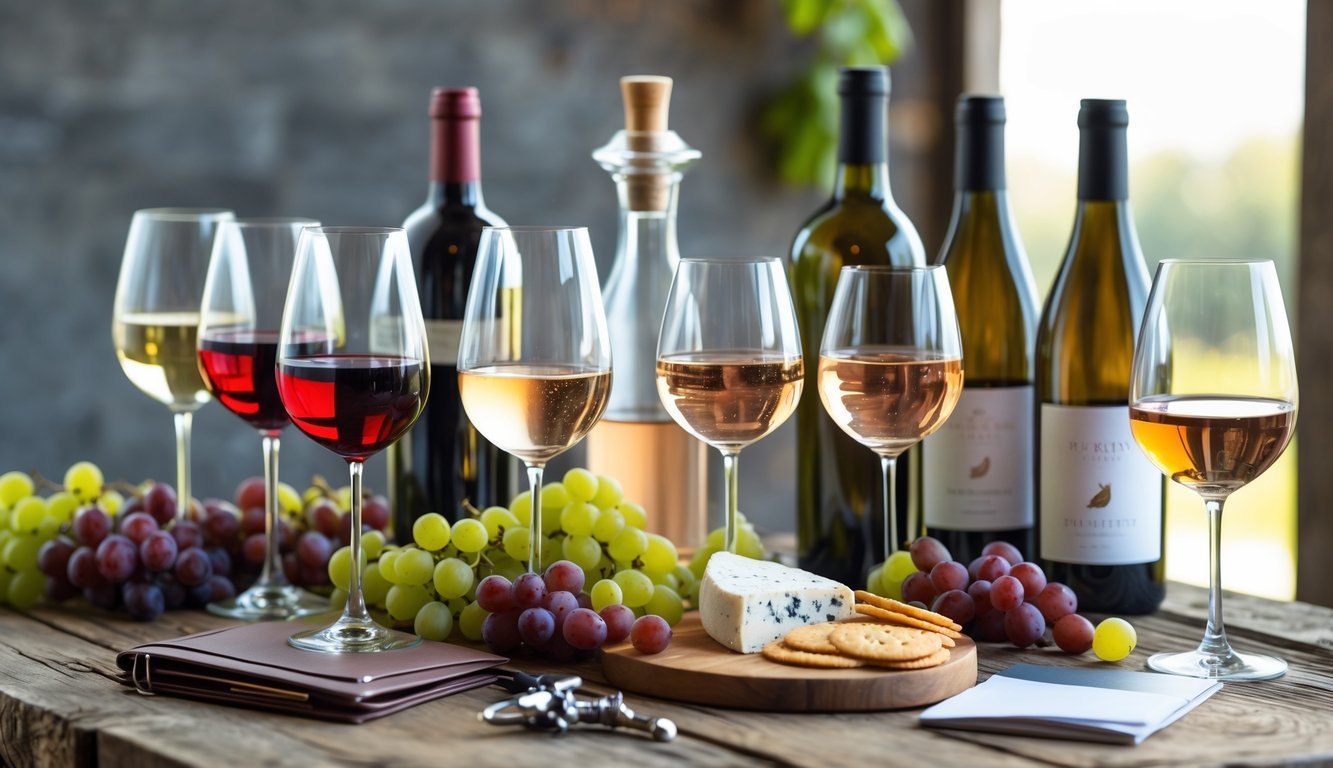
The finish is what you taste after you swallow the wine. Sometimes the flavor sticks around for just a few seconds, other times it lingers for minutes.
A wine with a longer finish is often considered better. Sometimes you even notice new flavors at the end that you didn’t pick up at first.
Pay attention to what you taste after swallowing. The finish can tell you a lot about the wine.
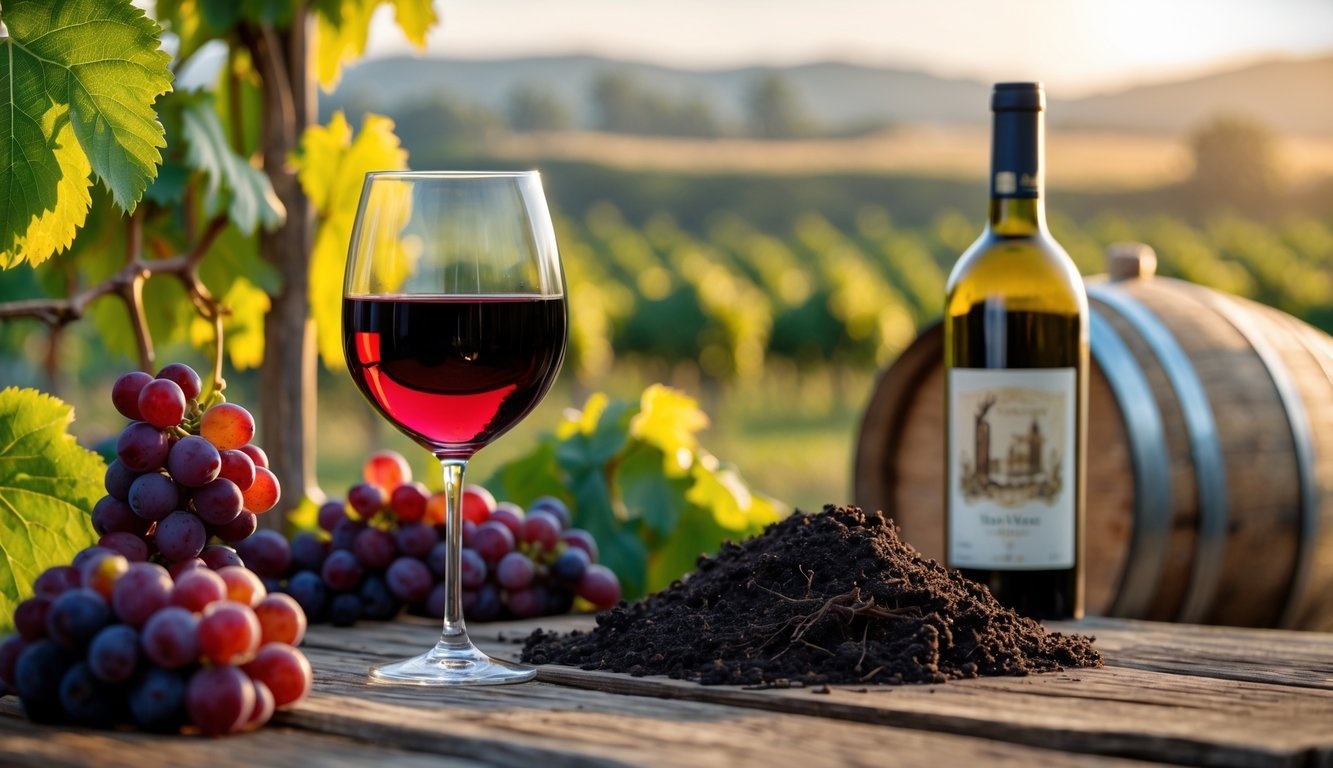
Terroir is a French word people use all the time in wine. It basically means everything about where the grapes grow that makes the wine taste unique.
Soil, weather, elevation, and sunlight all play a part. Even two vineyards next to each other can make very different wines because of terroir.
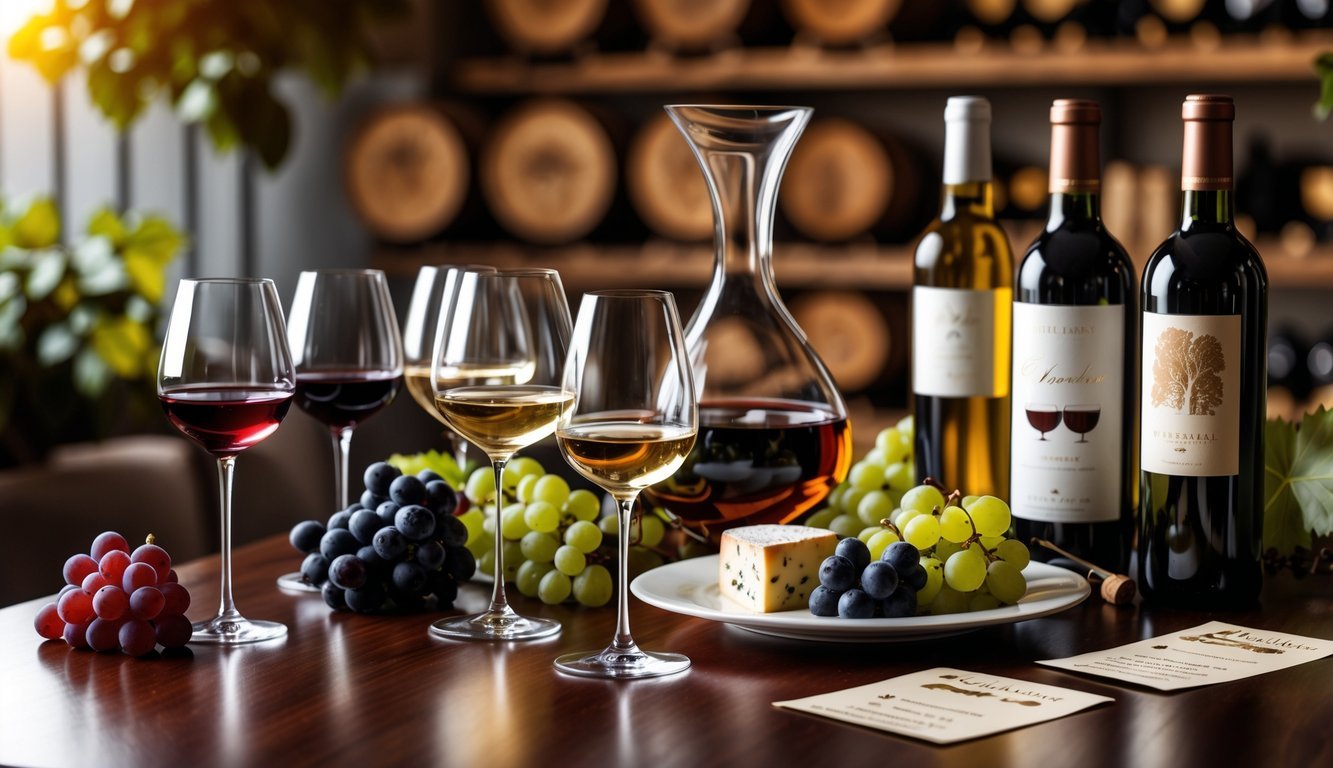
The “nose” means the smells you get when you sniff your wine glass. It’s a huge part of tasting wine, honestly.
When you swirl your glass and take a sniff, that’s the nose. You might pick up scents like fruit, flowers, spices, or even earthy notes.
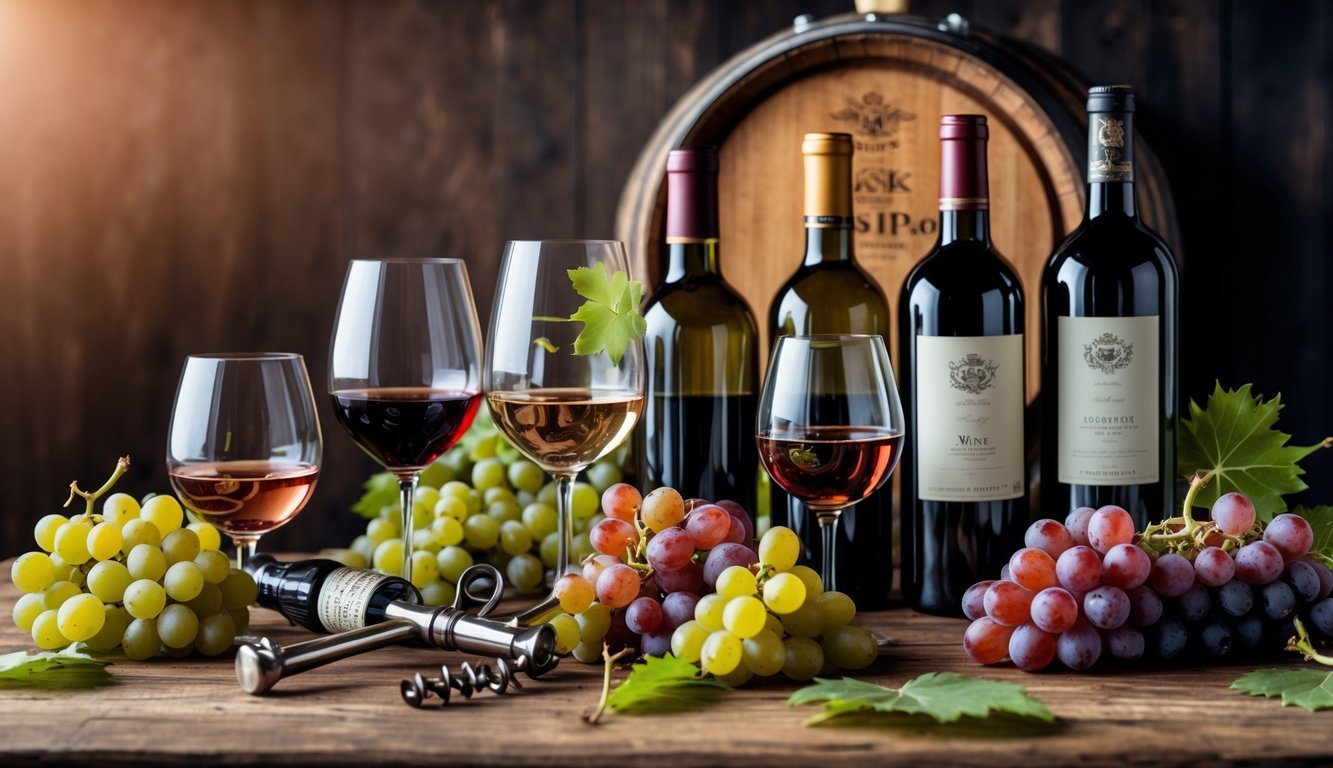
Bouquet is the fancier word for the complex smells that develop in wine as it ages. These are richer and more layered than just fresh grape aromas.
After swirling and letting your wine breathe a bit, you’ll notice bouquet. It can bring out earthy, spicy, or floral notes that weren’t obvious at first.
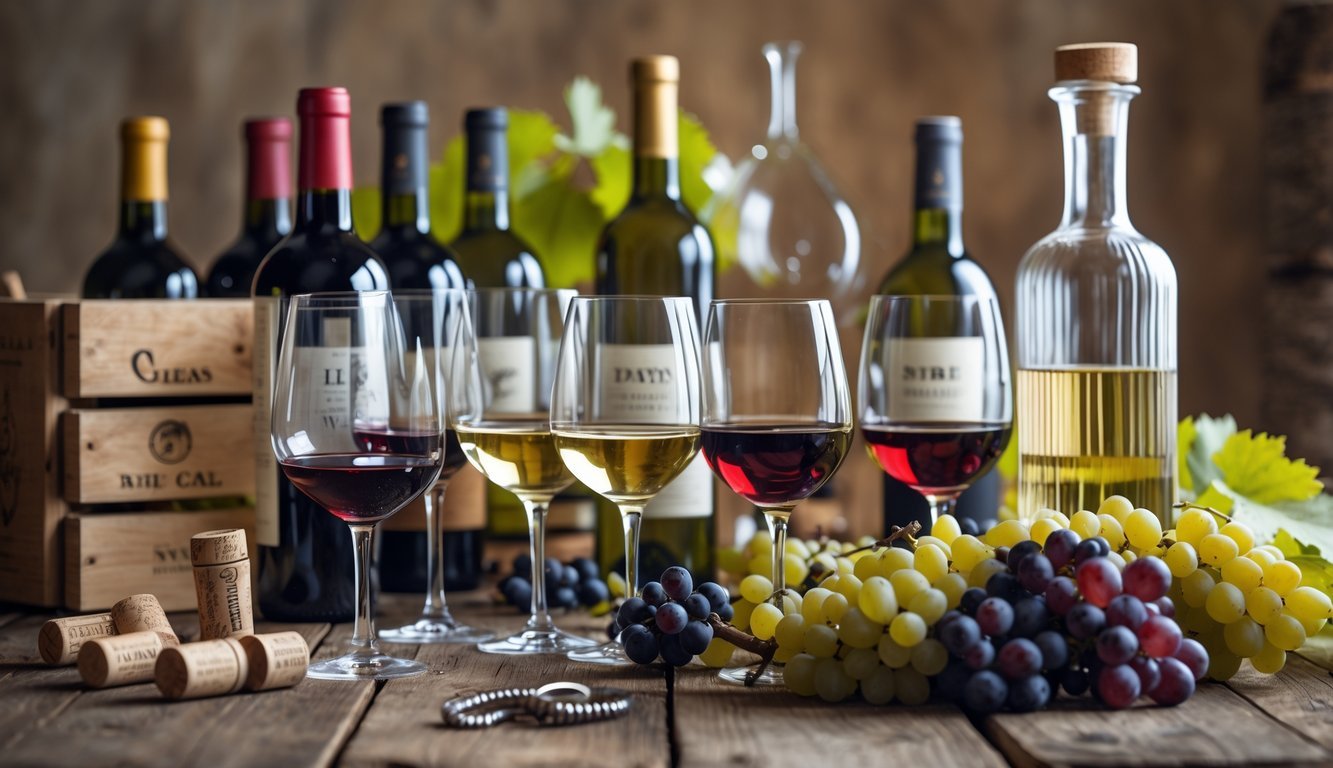
Vintage is just the year the grapes were picked, and you’ll usually spot it on the label. This year matters because weather changes how grapes taste.
Some years are just better, honestly. Most wines under $20 taste best when they’re young, so for everyday stuff, look for bottles that are 1-3 years old.
If you don’t see a vintage year, it probably means the wine is a blend from different years.
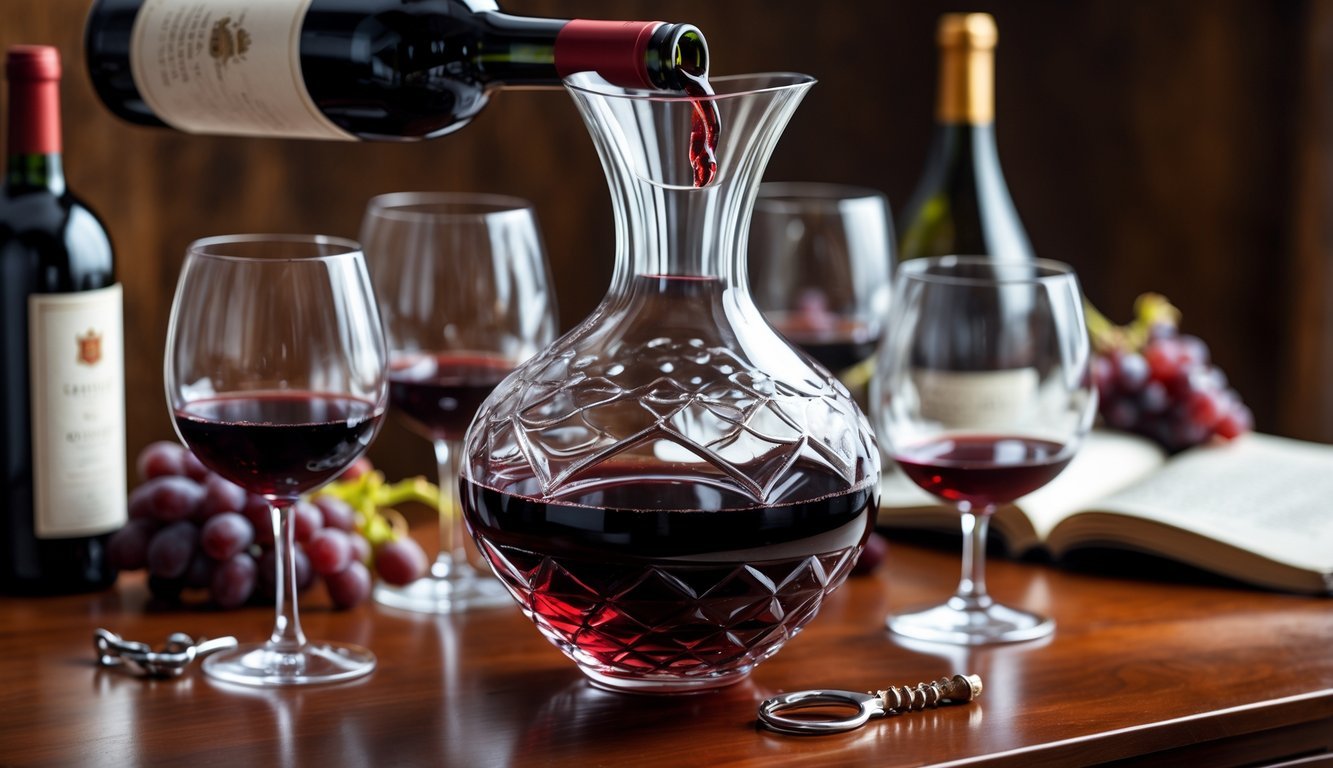
Decanting means pouring wine from the bottle into a decanter. It’s a simple trick that can make your wine taste better.
People decant wine mostly to separate out sediment and to let the wine mix with air. Air helps open up the flavors and smells, which is what people mean by letting wine “breathe.”
Red wines usually benefit the most from decanting, especially older bottles with more sediment.
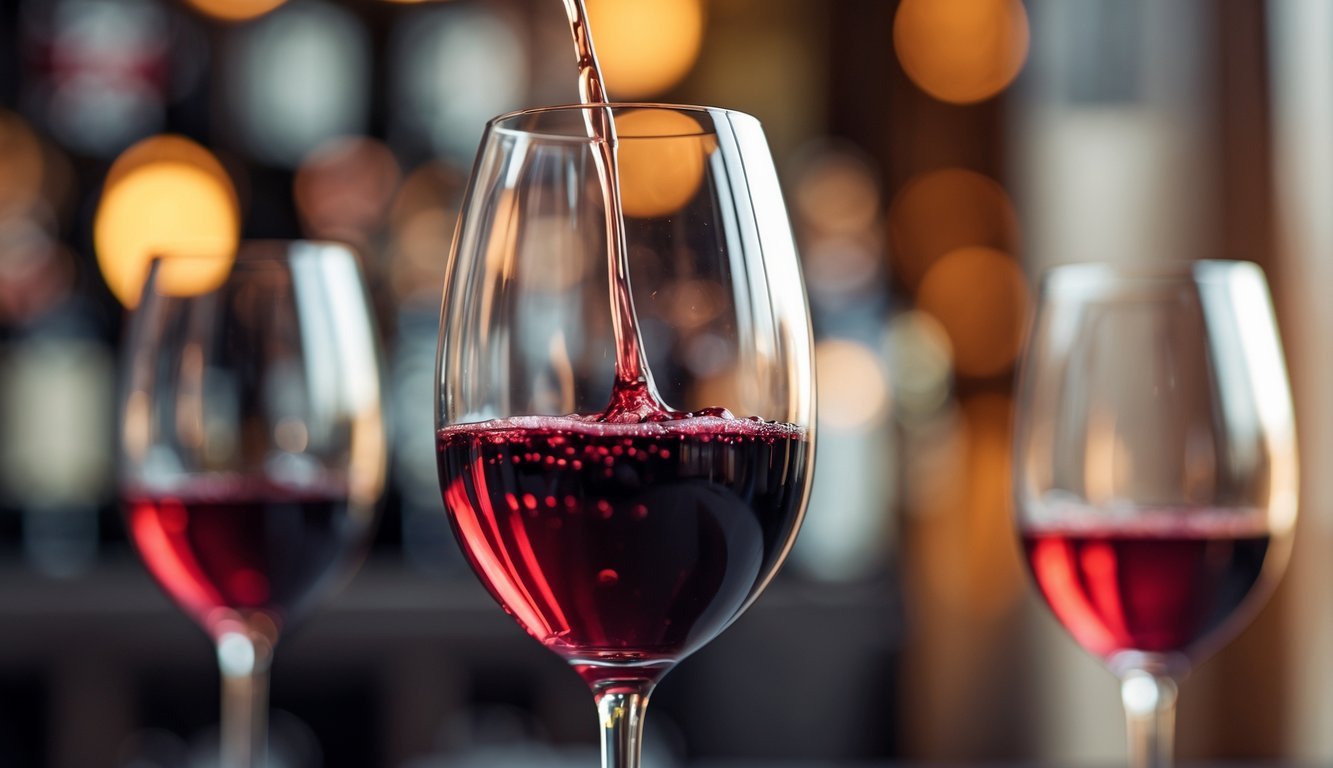
Legs are those streaks or tears that run down your glass after you swirl the wine. They form when alcohol and water separate as the wine moves.
To spot them, just swirl your glass and watch how the liquid drips down. Wines with higher alcohol usually show more legs and feel heavier.
Don’t judge a wine by its legs, though. Even a not-so-great wine can have impressive legs if it’s high in alcohol.

Dry wine means there’s little or no sugar left after fermentation. The yeast ate up almost all the sugar.
When you drink a dry wine, it won’t taste sweet. Your mouth might feel a little puckered or just clean.
Most reds are dry, and plenty of whites like Chardonnay and Sauvignon Blanc are too. Sweet is just the opposite of dry here.
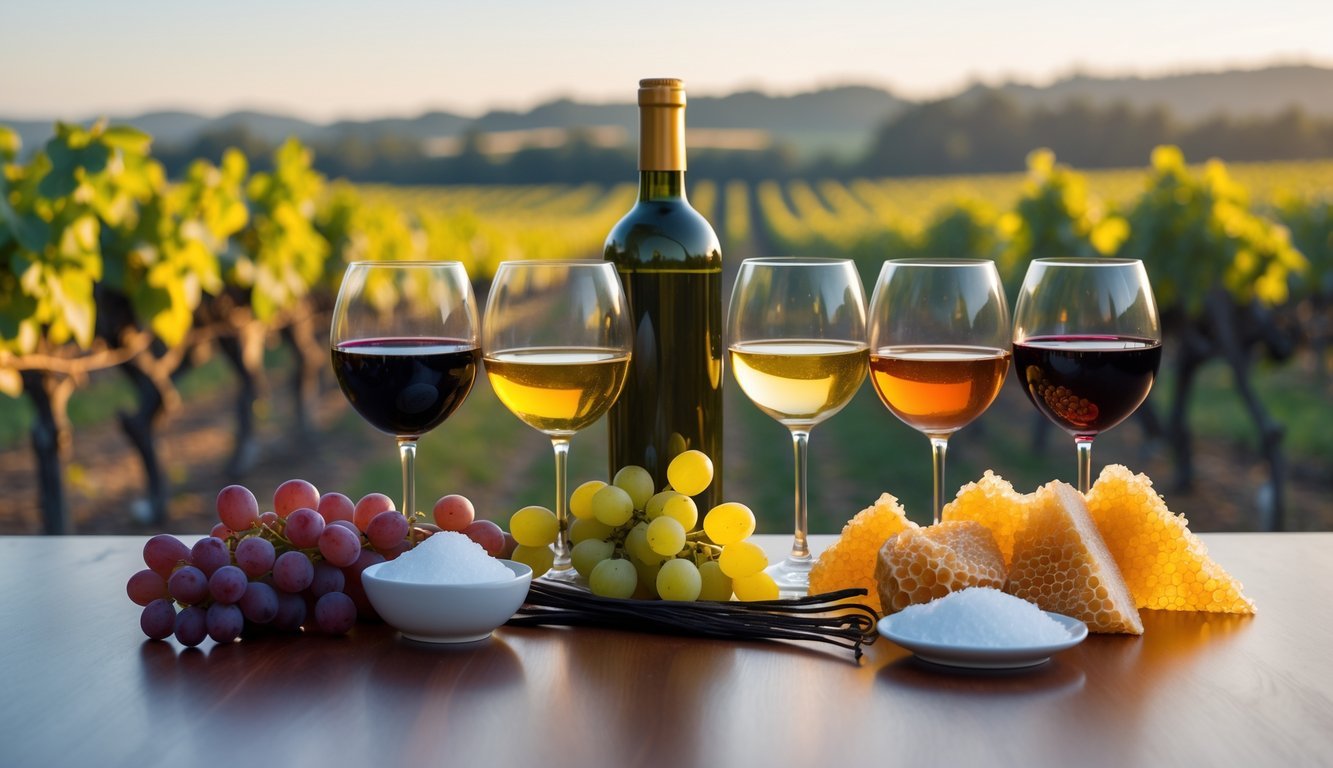
Sweetness is one of the basics in wine. It comes from sugar that didn’t turn into alcohol during fermentation.
Wines range from bone dry to very sweet. Dry wines have almost no sugar, while sweet wines keep a good bit.
Don’t mix up dry and bitter. Dry wines can still taste fruity or floral, just not sugary.
Good sweet wines balance their sugar with acidity so they don’t end up tasting heavy or sticky.
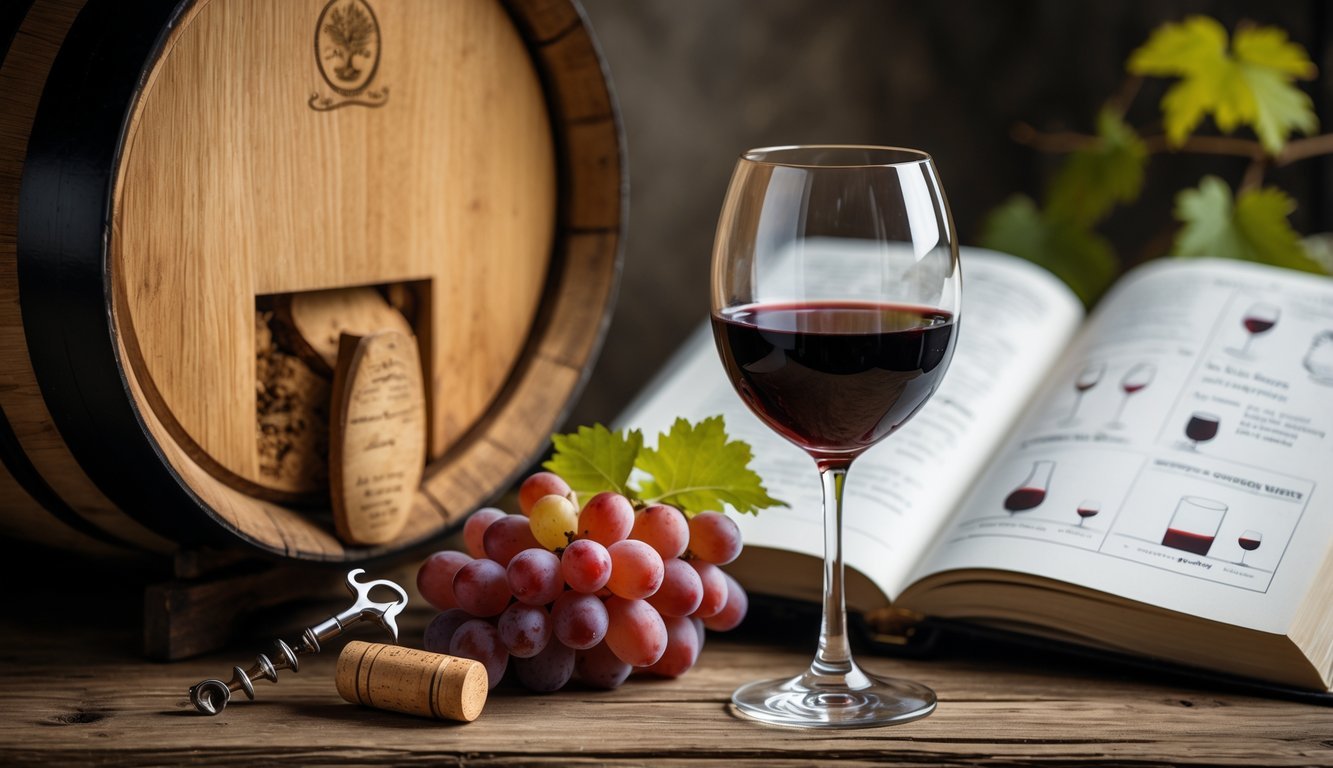
Oak means the wine aged in wooden barrels, which adds flavor and texture. You’ll often taste hints of vanilla, spice, or even smoke in oaked wines.
The wood can make wine feel smoother, too. Chardonnay and many reds often spend time in oak barrels.
Some wines are labeled “unoaked,” meaning they never touched wood, so you get more pure fruit flavor.
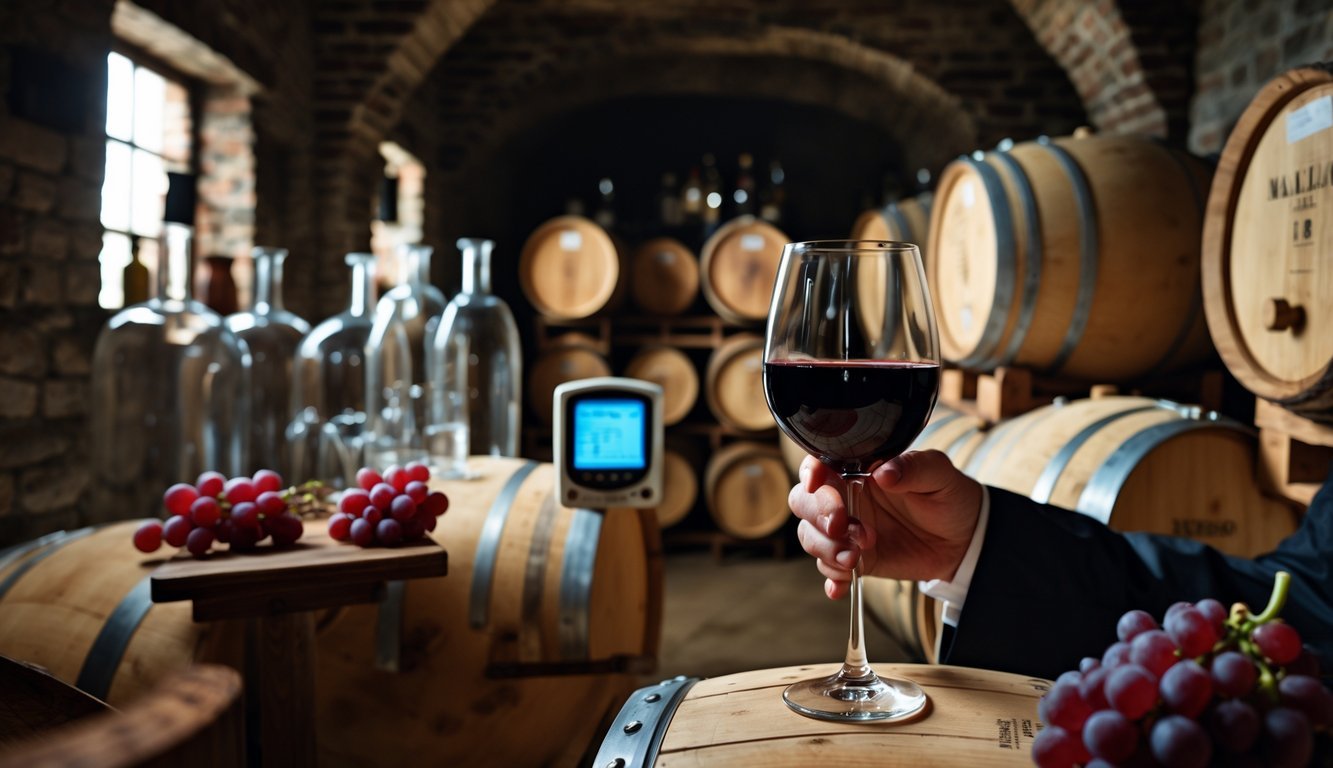
Malolactic fermentation is when winemakers turn sharp malic acid into softer lactic acid. This step makes wine taste smoother and less tart.
Most reds go through this automatically, which balances flavors and makes them easier to drink. Some whites, like Chardonnay, use it too, giving that buttery, creamy taste.
Plenty of white wines skip this, though, to keep their bright, crisp acidity. Some people really prefer that fresh style.

Cuvée is a French wine word you’ll spot on lots of labels. It means a specific blend or batch of wine.
The term can describe wines made by mixing different grape types. Sometimes it means grapes from various vineyards or years all blended into one bottle.
You’ll see “cuvée” most often on Champagne bottles. Many wineries use it to hint their wine is a step up from their regular stuff.
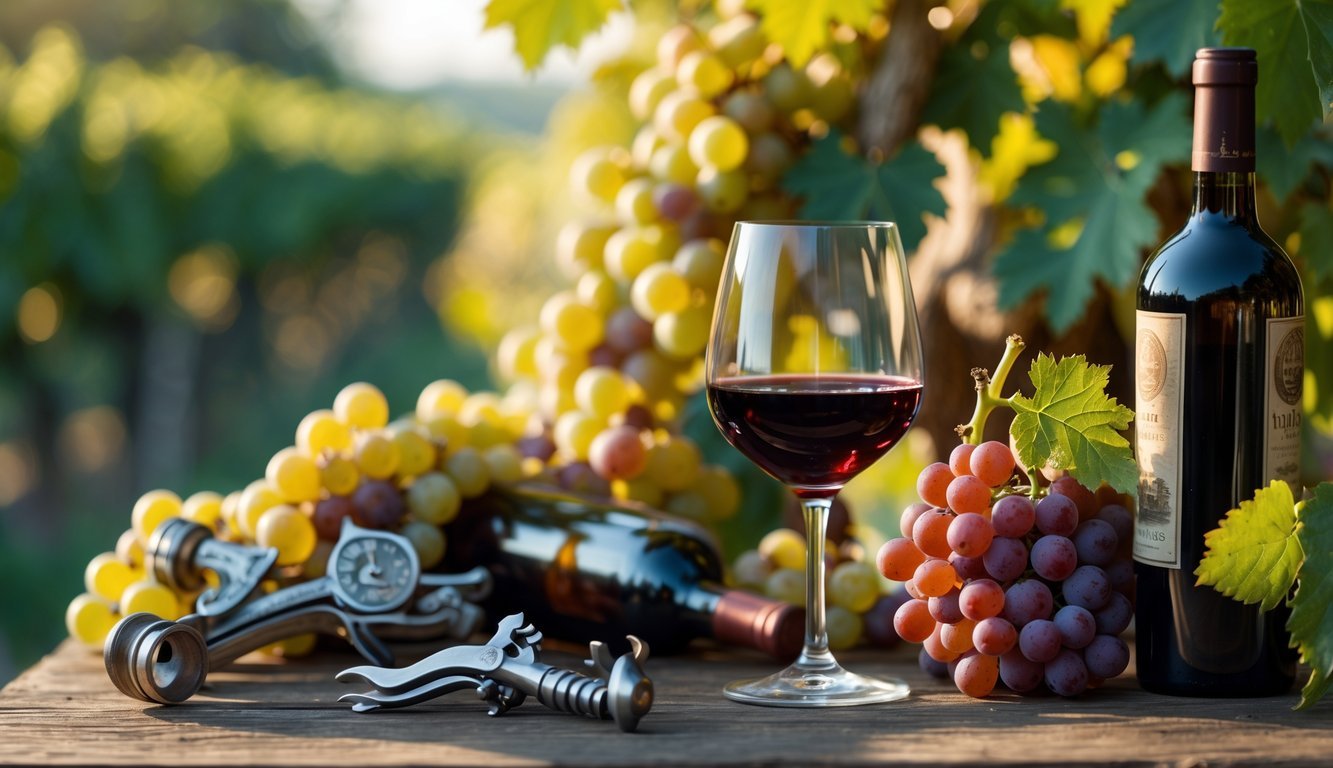
Old World wines come from the classic European wine regions. This usually means France, Italy, Spain, or Germany.
These wines often taste earthier and lighter. That’s compared to wines from other places.
Winemakers in these regions stick to traditions that go way back. Local customs shape how they make their wine.
The focus is on the land and climate where the grapes grow. You might notice more mineral notes in Old World wines.
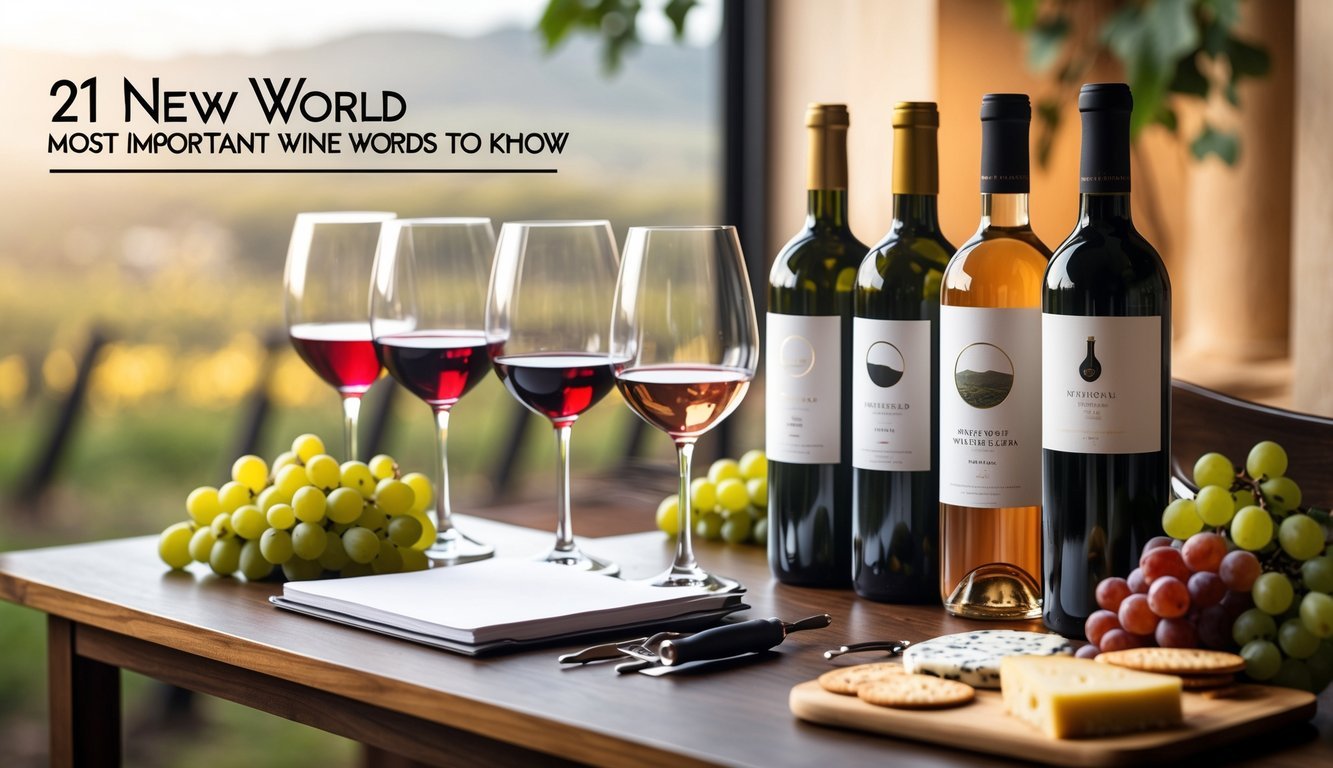
New World means wine regions outside Europe. These spots started making wine much later than the Europeans did.
The main New World countries are the United States, Australia, New Zealand, Chile, Argentina, and South Africa. You’ll see these wines in most stores now.
New World wines usually taste bolder and fruitier. The alcohol content often runs higher too.
If you spot “New World” on a label, you know it’s from one of these newer wine-making regions.
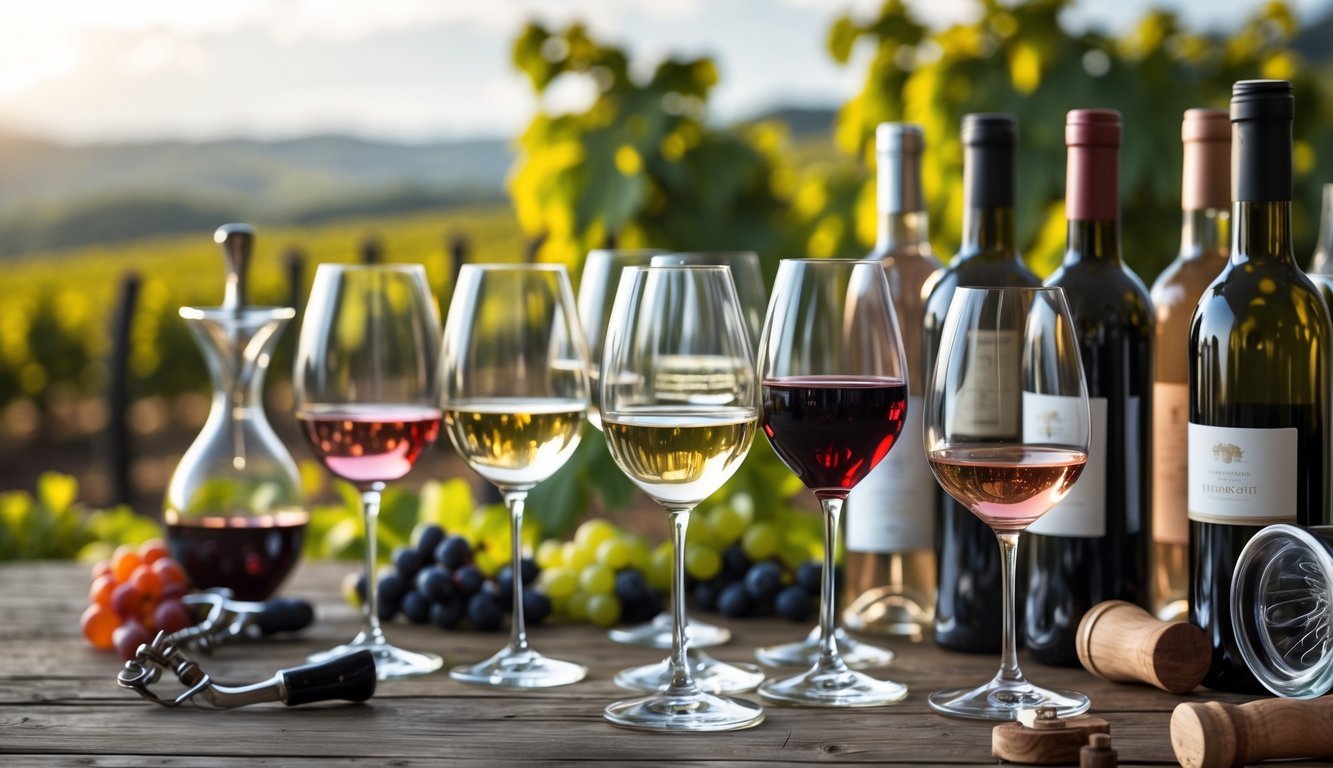
Appellation tells you where the grapes in your wine came from. The place makes a difference in how the wine tastes and smells.
An appellation can be a country, a state, or a smaller region. For example, Sonoma County in California is an appellation, and so is Burgundy in France.
Wine rules say at least 75 percent of the grapes have to come from the named place. When you see an appellation on a label, most grapes grew there.

A sommelier is a wine expert who works in restaurants or hotels. They help you pick wines that go well with your food.
Sommeliers know a lot about wine regions and grape types. They can suggest wines that taste good with your meal.
Many also manage the wine list or train the staff. Some buy wine for restaurants.
You might spot a sommelier at a fancy place, usually wearing a special pin or badge.

A Coravin is a nifty wine tool that lets you pour wine without pulling out the cork. It uses a thin needle that slips through the cork so you can get to the wine inside.
The device fills the bottle with argon gas to keep the wine from spoiling. Your wine stays fresh for months, sometimes even years.
You can taste pricey wines without opening the whole bottle. It’s handy if you want just one glass or want to compare a few bottles.
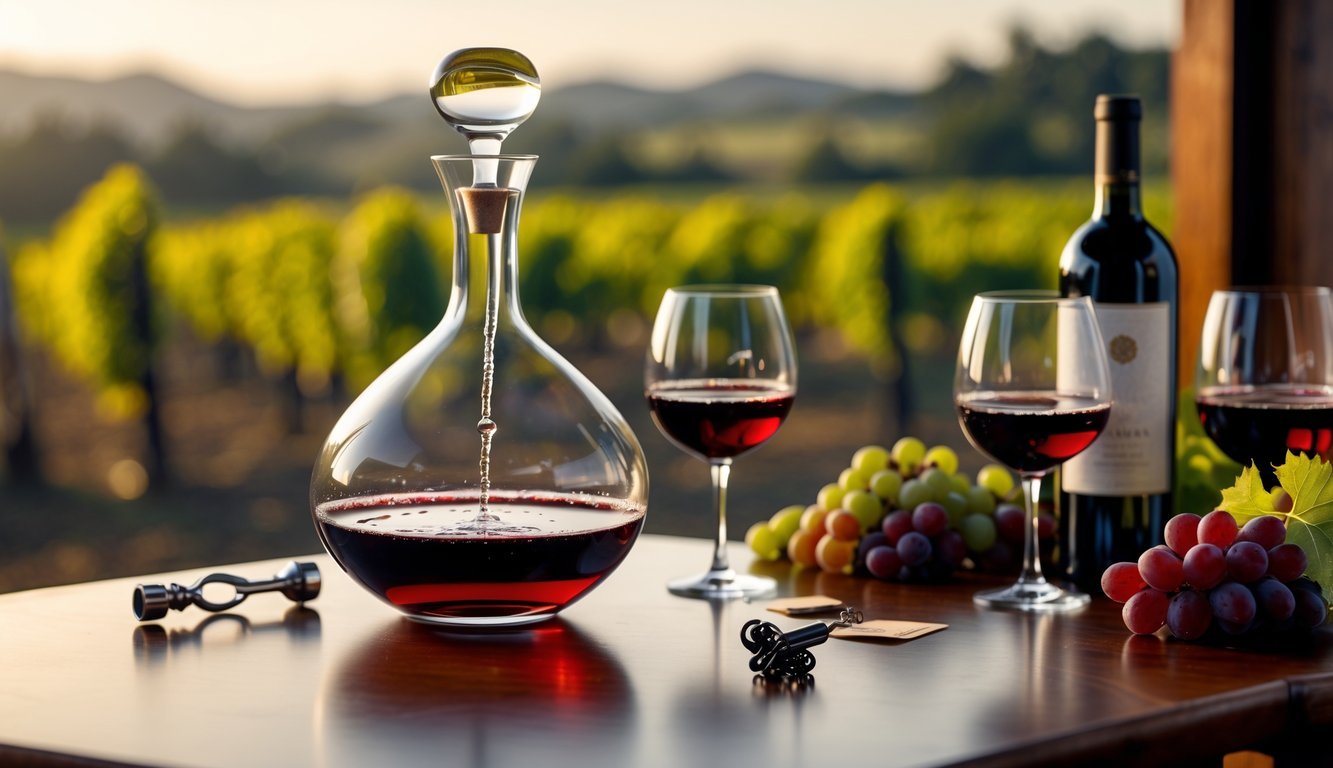
Aeration means adding oxygen to wine on purpose. People often say they want to let wine “breathe” after they open the bottle.
When you give wine some air, it can taste a lot better. The flavors get stronger and just make more sense.
You can aerate wine by pouring it into a decanter. Or, you might just open the bottle and let it sit for a bit.
Most red wines need aeration more than whites. Young, bold reds seem to benefit the most from a little breathing time.